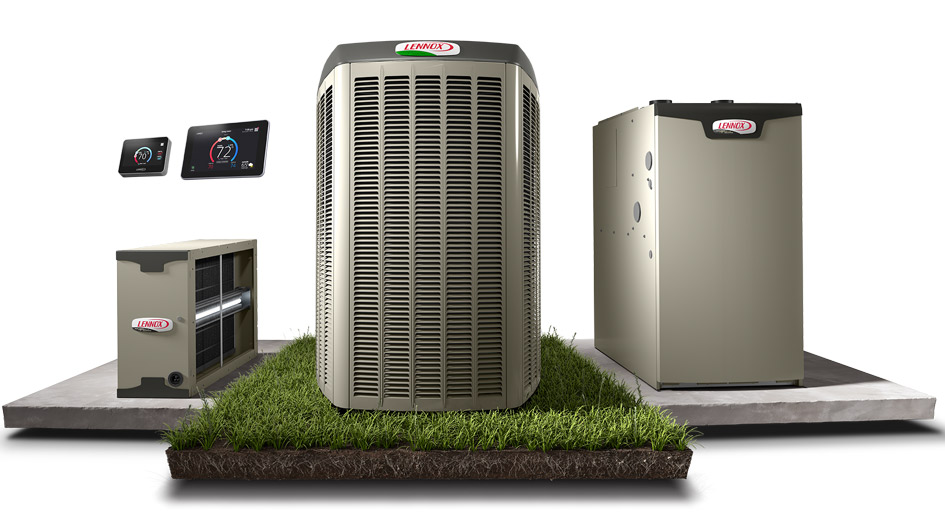
A quality HVAC system is crucial for a comfortable and energy-efficient home, but it’s also a significant investment. You deserve the most productive comfort solutions achievable, which is why HVAC rebates are so worthwhile. They can help guarantee high-efficiency furnaces, air conditioners and other equipment is more affordable.
HVAC efficiency standards are climbing next year, so now’s a great time to check out your options. Different companies, organizations and even government entities are promoting rebates in 2023 to help everyone secure a new, high-efficiency HVAC system.
Receive a Tax Rebate by Installing a High Efficiency Furnace
Numerous manufacturers of high-efficiency furnaces offer rebates toward buying a new system. These furnaces feature energy-efficient components such as variable-speed blower motors, which allow the thermostat to fine-tune how much heating is released. It’s an easy way to reduce energy use overall. Local utilities also offer furnace rebates since less energy use translates to less strain on the local energy grid.
The government’s ENERGY STAR® program is also useful for securing a furnace rebate. You can type in your ZIP Code to learn which rebates you might be qualified for. Equipment with the ENERGY STAR® rating means it satisfies your region’s standards for energy-efficient operation.
Earning a Rebate for a High Efficiency Air Conditioner
A lot of of the same rebates for high-efficiency furnaces are also suitable for air conditioners. You can save hundreds on new installation for efficient cooling from a top brand such as Lennox. Just consult your local utility companies to find out which makes and models are entitled. In addition, you can often join federal and local rebates for even greater savings. Don’t hesitate to find out what's all available, because it can quickly add up to 10% of a new, high-efficiency AC system
2023's Rebates for Smart Thermostats
A smart thermostat is a particularly valuable addition to your home comfort system. With intelligent programming, you can optimize the daily schedule. Utility companies highly value this level of efficiency, and so most extend rebate programs for new smart thermostats. Over time, these rebates essentially allow you to get a free smart thermostat!
These utility companies also offer programs where they exchange lower rates for the ability to control your thermostat during peak energy use. This helps reduce strain on the grid, especially when heat waves or cold fronts show up. When registered in this program, your thermostat can automatically be adjusted by a few degrees.
Additional Cost-Saving Options: Tax Credits for Energy-Efficient Equipment and Home Improvement Projects
Somewhat different from rebates, tax credits are also promoted for the purchase and installation of energy-efficient HVAC equipment. For example, the Inflation Reduction Act restarted a program in 2021 that supplied credits for up to 10% of the project’s cost. The revised credits are now worth 30% of the cost and may be claimed each year instead of only once. These credits are available for a much larger variety of projects, such as home energy audits, electrical, insulation, ventilation, and even your doors and windows! The programs are tailored to share the most benefits for lower-income households, maximizing the improvements to HVAC efficiency nationwide.
New Legislation for Heat Pump Rebates
The recently passed Inflation Reduction Act contained separate legislation called the High-Efficiency Electric Homes and Rebates Act, or HEEHRA. This incentive is particularly geared toward heat pump technology, which transfers heat instead of producing it by igniting fuel. To encourage more people to transition to this energy-efficient comfort system, these rebates are considerably higher than incentives for AC systems and furnaces.
If the household’s income is less than 80% of the local median, you can use the rebates to cover 100% of the costs of a new heat pump. Households meeting 80-150% of the median income can pay for 50% of equipment and installation costs.
